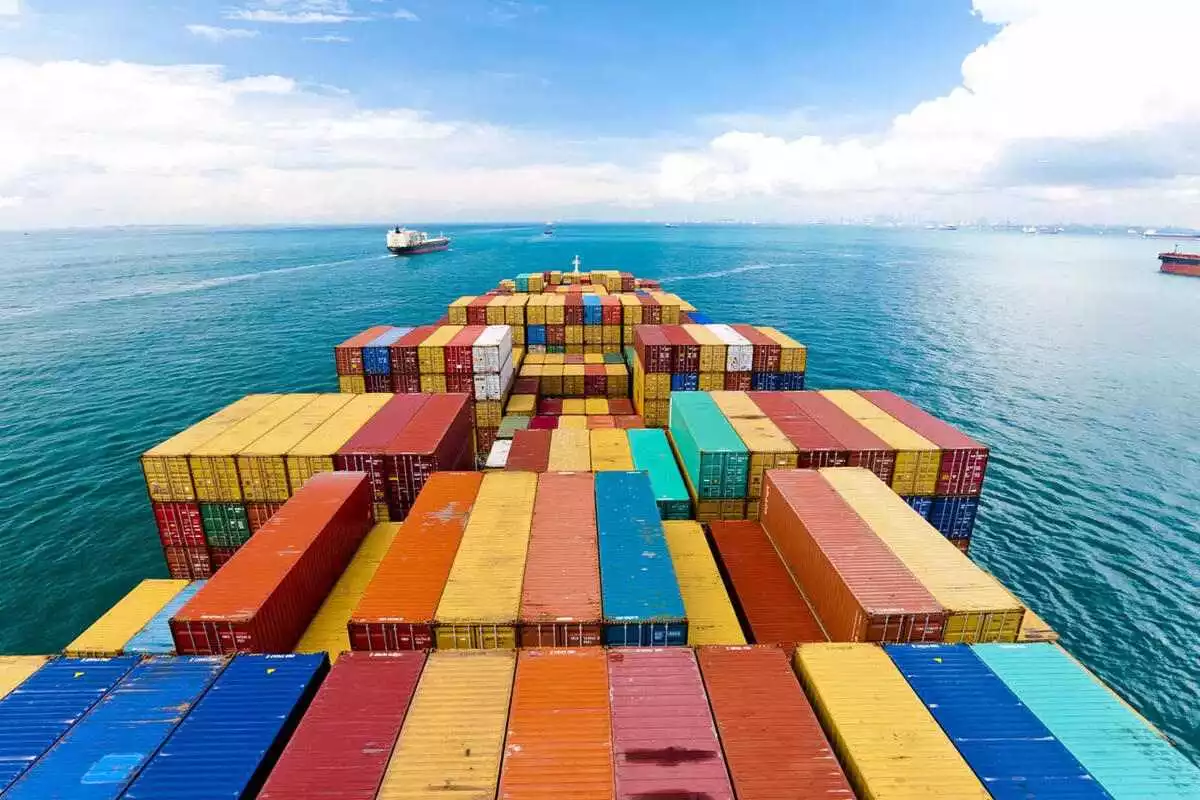The Red Sea, a vital maritime artery connecting the Mediterranean Sea to the Indian Ocean, has long been a center of commerce, culture, and strategic importance. However, in recent years, the region has witnessed the emergence of complex challenges collectively known as the “Red Sea Crisis.” In this article, we will explore the various dimensions of this crisis, its impact on global trade and security, and the stakeholders involved to get https://www.foxit.com/pdf-editor.
The Key Players and Stakeholders
Nations Surrounding the Red Sea
Saudi Arabia and Yemen
Saudi Arabia and Yemen share a long border along the Red Sea, and their complex relationship has been a focal point of the crisis, particularly due to the ongoing conflict in Yemen.
Egypt and Sudan
Egypt and Sudan’s strategic positions along the Red Sea have made them key players, especially in disputes over water resources and access to the Nile River.
Eritrea and Djibouti
These neighboring nations have had their share of territorial disputes and have witnessed international military presence due to their proximity to critical maritime routes.
International Actors and Interests
The United States and Its Interests
The United States, as a global superpower, has interests in maintaining stability in the Red Sea region, including safeguarding the free flow of goods through strategic chokepoints.
China’s Involvement in the Region
China’s expanding influence in the Red Sea is driven by its economic interests, including securing its energy supply routes and expanding its Belt and Road Initiative.
The Role of International Organizations
Entities such as the United Nations and the African Union play roles in mediating conflicts, providing humanitarian aid, and addressing environmental challenges.
Non-State Actors and Conflict Dynamics
Houthi Rebels in Yemen
The Houthi rebels’ control over parts of Yemen has contributed to regional instability and is a significant factor in the ongoing Yemeni conflict.
Piracy and Maritime Security
The Red Sea’s proximity to Somalia has made it a hotspot for piracy, threatening the safety of international shipping lanes.
Proxy Conflicts and Regional Power Struggles
Various proxy conflicts in the region, fueled by geopolitical rivalries, have added complexity to the crisis, with nations supporting opposing factions.
The Complex Issues at Stake
Resource Disputes and Environmental Challenges
Water Scarcity and Nile River Conflicts
Competing claims for Nile River waters have sparked tensions among riparian states, affecting agricultural and water-sharing agreements.
Fisheries and Marine Biodiversity
Overfishing and environmental degradation pose significant threats to marine life, impacting both food security and ecosystems in the Red Sea.
Climate Change and Rising Sea Levels
The region faces the challenge of rising sea levels, which could result in the submersion of coastal areas, exacerbating existing conflicts.
Geopolitical Rivalries and Security Threats
Saudi-Iranian Competition
The long-standing rivalry between Saudi Arabia and Iran extends to the Red Sea region, with proxy conflicts and ideological differences at play.
The Red Sea as a Chokepoint
The Red Sea’s narrowness makes it a chokepoint vulnerable to disruptions, making it a security concern for global trade and energy flows.
Terrorism and Insurgent Movements
Various terrorist groups and insurgent movements operate in the Red Sea region, posing threats to both regional and international security.
Humanitarian Crises and Displacement
Yemen’s Humanitarian Catastrophe
The ongoing conflict in Yemen has led to a severe humanitarian crisis, with millions of people in need of assistance and protection.
Refugee Flows and Regional Instability
Displacement and refugee flows from conflict-affected countries strain neighboring nations and contribute to regional instability.
International Responses and Aid Efforts
International organizations and humanitarian agencies are working to alleviate the suffering of those affected by the crisis, but challenges persist.
Potential Pathways to Resolution
Diplomatic Initiatives and Conflict Mediation
The Role of International Mediators
Neutral third parties and international mediators play a crucial role in facilitating dialogue and negotiations among conflicting parties.
Peace Talks and Negotiations
Engaging in meaningful peace talks and negotiations is essential for resolving conflicts and addressing the root causes of instability.
The Importance of Regional Cooperation
Regional organizations and alliances can contribute to conflict resolution by fostering cooperation and addressing shared challenges.
Sustainable Resource Management and Environmental Conservation
Collaborative Water Management
Riparian states must collaborate on sustainable water management strategies to ensure equitable access to vital resources.
Marine Conservation Efforts
Efforts to protect marine biodiversity and combat overfishing are critical for preserving the ecological balance of the Red Sea.
Mitigating the Impact of Climate Change
Adaptive measures and international cooperation are necessary to address the environmental challenges posed by climate change.
Strengthening Security Measures and Counterterrorism
Maritime Security Partnerships
Coordinated efforts to enhance maritime security are essential for preventing piracy and ensuring the safety of shipping lanes.
Counterterrorism Efforts
Collaborative actions to counter terrorist groups and insurgencies are necessary to stabilize the region and promote security.
Border Security and Regional Stability
Efforts to strengthen border security and promote regional stability can help reduce conflicts and displacement.
Conclusion
The Red Sea Crisis presents a complex and multifaceted challenge that requires a coordinated effort from all stakeholders. Balancing geostrategic interests with regional stability is essential for finding solutions to the crisis. The global community must actively engage in diplomatic initiatives, sustainable resource management, and security measures to address the issues at stake. The urgency of resolving the Red Sea Crisis cannot be understated, as the region’s stability and the well-being of millions of people hang in the balance.





